Classroom management is hard. It is so hard. Little learners don’t always know how to behave at school or in a structured setting. And let’s keep it real. Some students have little desire to behave.
Classroom management was the single most important topic I needed to learn in college. Why?
My former principal told our faculty this:
Those question marks touch my soul. When I have a student who tries my patience or seems to need a lot… I pull this out and read it again. I don’t have to punish. I have to TEACH.
Classroom Management
Classroom management can not be solely taught in a textbook. It can not be solely taught in a school.
But the biggest way to deal with classroom management is to have a toolbox full of tricks ready to go. Some “tricks” work for some children, students, classrooms, or groups. Meanwhile other “tricks” work for other children, students, classrooms, or groups.
Let me show you some of the main ways I manage my classroom and then some specific strategies I use for specific students to help with classroom management.
Classroom Management Overall Plan:
You must have a plan to manage the students. My school requires all the teachers to use the same type of plan. I know my daughter’s grade level uses Class Dojo. I have the link to my daughter’s points and actions. Additionally, her teacher can add photos of events in the classroom there too.
Clip Charts
Another Kindergarten teacher may use clip charts. This is a glimpse of my beloved Monkey Clip Chart.
It uses colors and fun terms like Top Banana, Monkey See, Monkey Do, and even A Little Monkey Business.
Each student uses a clip with their name to move up and down depending on their choices. If a student makes a poor choice, they move down. But they have the choice to correct their behaviors. I send home their color every day in their agenda. {I know my own first-grade colors her own agenda and the teacher just walks around and check it behind them.}
I know clip charts are not for every teacher and every learner. I also know that some teachers are supposed to use them and some teachers are not supposed to use them. They happen to work for me. They are used in my classroom to praise students and correct behaviors in a positive way. You choose what is good for you and your students.
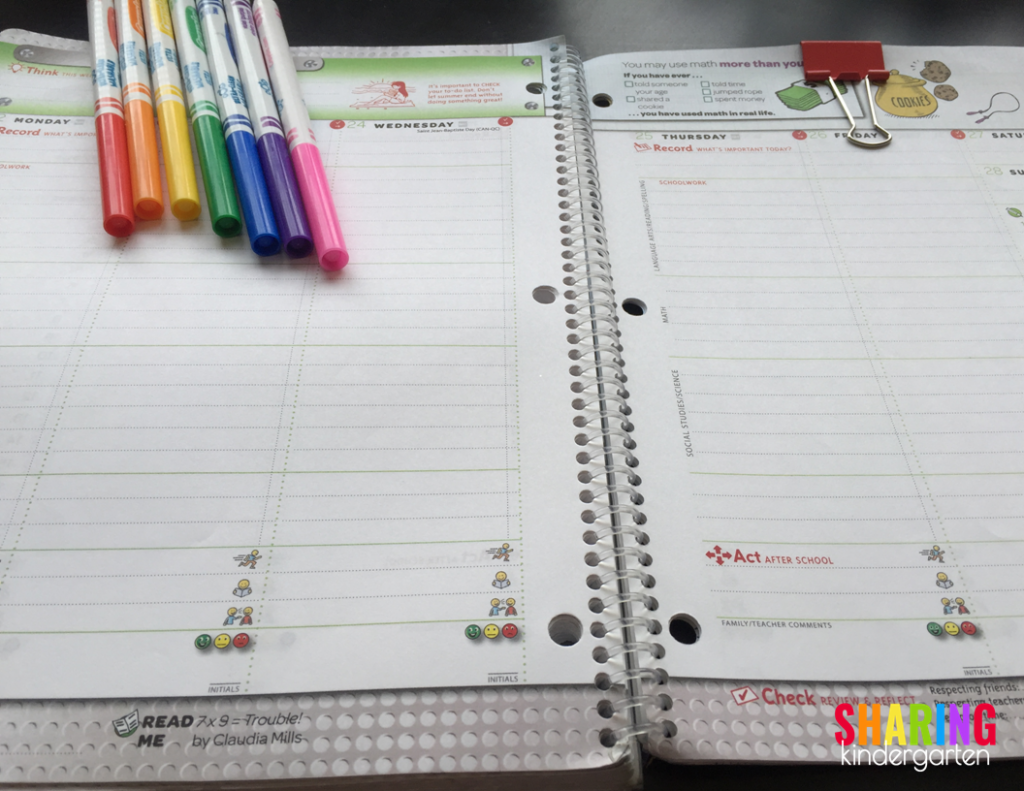
Color Coding the Agenda
Here is a look at a student agenda every single child in our school district gets for each school year. Notice I have the same color markers as my clip chart?
Each day I write down each student’s clip color in their agenda. I give my parents a color guide which sits at the front of the agenda year-round. Everyone has a full understanding of the colors and what they mean. This system has its faults. My parents do not always know WHY their child’s clip got moved unless I tell them.
Does the student know? Yes. Do they always tell their parents accurately? No. If their behavior warrants me writing down their specific action or an ongoing issue at school, I do communicate that with parents as well.
How to Turn This Into Data
And this is a tip you will not find in any textbook. At some point, the parents KNOW the behavior that is going on. As a teacher, continue to document it, but stop frustrating the parents with the information. Start sharing the praise reports. After all, that is what I would want from my child’s teacher.
If I have a student who I feel needs a specific behavior plan for MTSS or response to intervention, I am often asked to track their behavior and choices. There is nothing worse than taking more time away from each student and THAT student to track their behavior.
Let me explain, I don’t mind working on behaviors but the tracking has to be easy and quick so I can actually WORK on the behavior. You know what I mean?
Additionally, if I am at a meeting and they request data points, I don’t have to start tracking from that point on. What a WASTE of that precious student’s time! I use their agenda as data throughout the year if I can.
Guys, this has come in handy so many times. We can usually pinpoint times, trends, and events that are causing issues with students this way.
I give each color a value. Green is 0. {This helps when a student is absent because it doesn’t count against them.} Each step up counts as a +1, +2, +3. Each step down is a -1, -2, -3.
Let me show you. {I don’t write the amounts on the actual students’ agenda… this is JUST for you to see.}
Here is an example week.
Monday-green-0, Tuesday- blue- +1, Wednesday-purple- +2, Thursday- green- 0, Friday- yellow- -1
Group Points
Another way I handle classroom management is with group points. My students sit at colored tables. I have a list of those tables in the front of the room. Each time I see a table group doing the right thing, following directions, or overall making me PROUD they get a group point.
You can see how I simply use a dry-erase marker to make tally marks under the table color. The group that earns the most points at the end of the week gets to pick their free centers first. {You can make the reward whatever you choose.} Very simple reward, very simple system.
I do allow my teams to lose points as well. Additionally, my class LOVES reading and making tally marks because they see me modeling them on a regular basis using table points.
Specific Plans to Help Specific Behaviors
Since we have talked about how we plan to manage behaviors, I think it is only fair to discuss how we change those plans to help manage and teach behaviors to those students who need a little bit more. This is a great idea for students who need more specific help for specific behaviors.
**These strategies were used for students in SST or with behavioral IEPs.**
My first tip is to work on ONE behavior at a time. Pick the single behavior that needs to be fixed the soonest and start on that one. I often have a student or two who has a difficult time following the structure of school.
Pill Bottle Visual Schedule
They need a visual schedule and more instant rewards to make them more successful. One idea I love to try with them is a pill holder schedule. Here is a simple Day of the Week pill holder. I flipped it over and added a picture image of each part of our afternoon schedule, turning this pill holder into a visual schedule.
This schedule is for rest time, circle time, calendar, math, unit, music, and their specific reward… iPad time. This student holds their schedule in their lap or keeps it in a special spot. In each pill holder, we place a small reward like a tic tac, eraser, mini marshmallow, or something the parents approve. If the child completes that activity correctly, they earn that reward. I give them a simple, small gesture clue to grab their reward and see what we are doing next.
This student had two of these schedules, one for the morning and one for the afternoon.
The morning schedule was morning work, gathering time, phonics {we do it interact using the white board}, and three workstations for daily 5 which were red, yellow, and purple {teachers are at blue and green so no independent reward is needed for those stations.}
as well as his specific reward again… iPad time.
The teachers, administration, and parents meet to discuss the reward with the holders and we ask the student what they want their specific reward for completing all their tasks to be. The end reward is given when they go to EVERYTHING on their list.
This one is HARD for them, so I let them pick it. I want them to WANT to get to it. At the end of the day, I write down how many rewards they earned out of the 14 {total} for that day. Again this is simple data and it is easy to do. Then I refill their schedule for the next day.
Most of my students who use this do very well with it. It is simple, self-managing, and not noticeable
by other students who are not getting the same reward.
When I am transitioning students from this reward system to fewer interventions, I take away the instant rewards on the areas they excel at every day. They still get their visual schedule to guide them and their final reward at the end.
They may get a reward or two in the areas they struggle with the most. The ultimate goal is for them to NOT need instant rewards. Many of my students continue to prefer the visual schedule, even without rewards. They seem to like holding onto it and using it often to guide their next activity.
If I have students who only struggle at specific times of the day, I can make them a pill holder scheduled for JUST THAT TIME. One of my students did great most of the day but struggled during centers at the very end of the day. I used this color-coded pill holder to help him. Each color represented a center he needed to complete. The white was his final reward. Each of the colors was a small sweet tart reward.
He got two for purple because that activity was VERY HARD for him to do.
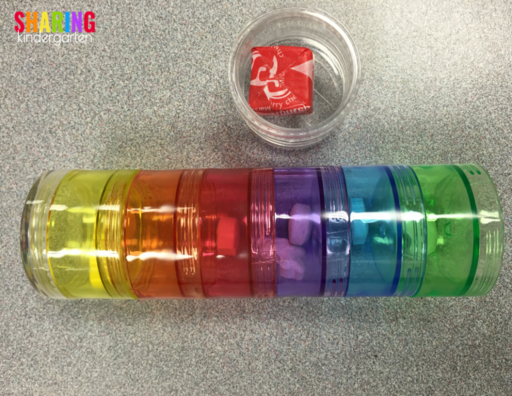
This is also a great idea if you are the inclusion teacher and are blessed to have students come into your classroom for parts of the day, but perhaps not all of the day.
Please note, I understand that giving candy isn’t ideal for every child all the time. These rewards were chosen by the parent for that child for specific, private reasons. They are not sugared up all day. Most of these strategies are used at full strength for two weeks. I usually see such amazing growth, we are able to modify the rewards and stretch out the time between rewards to a longer and longer amount of time.


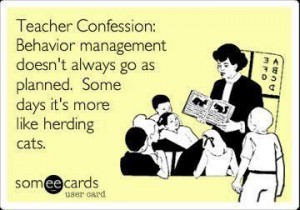
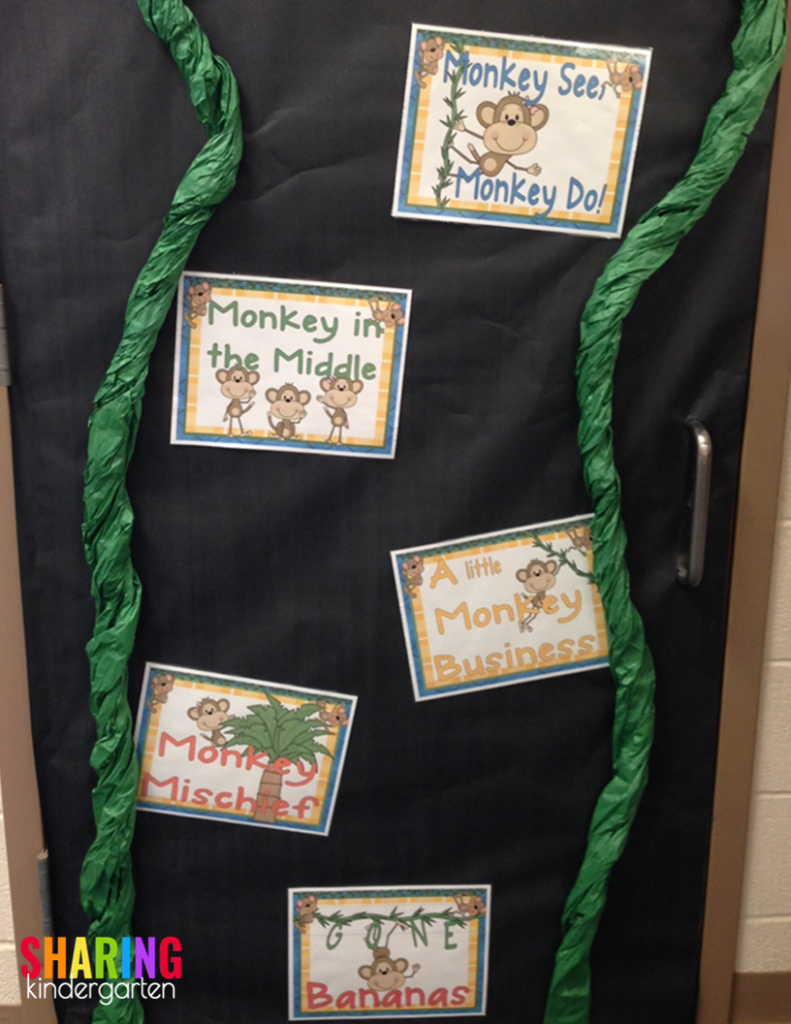
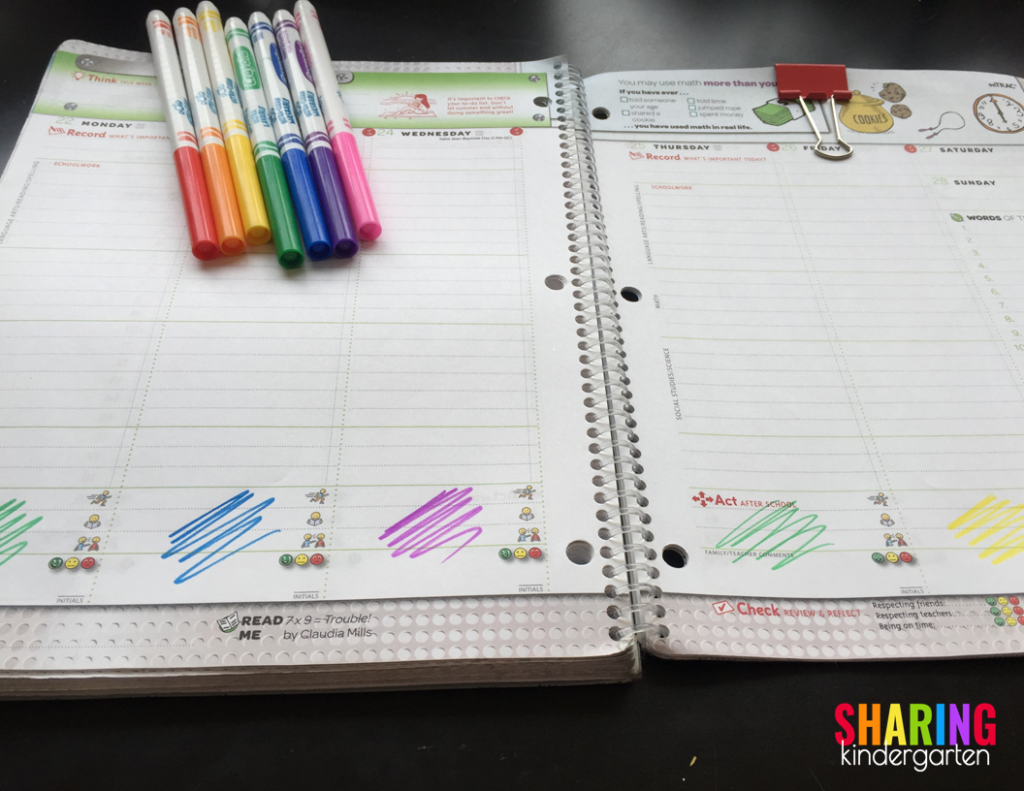
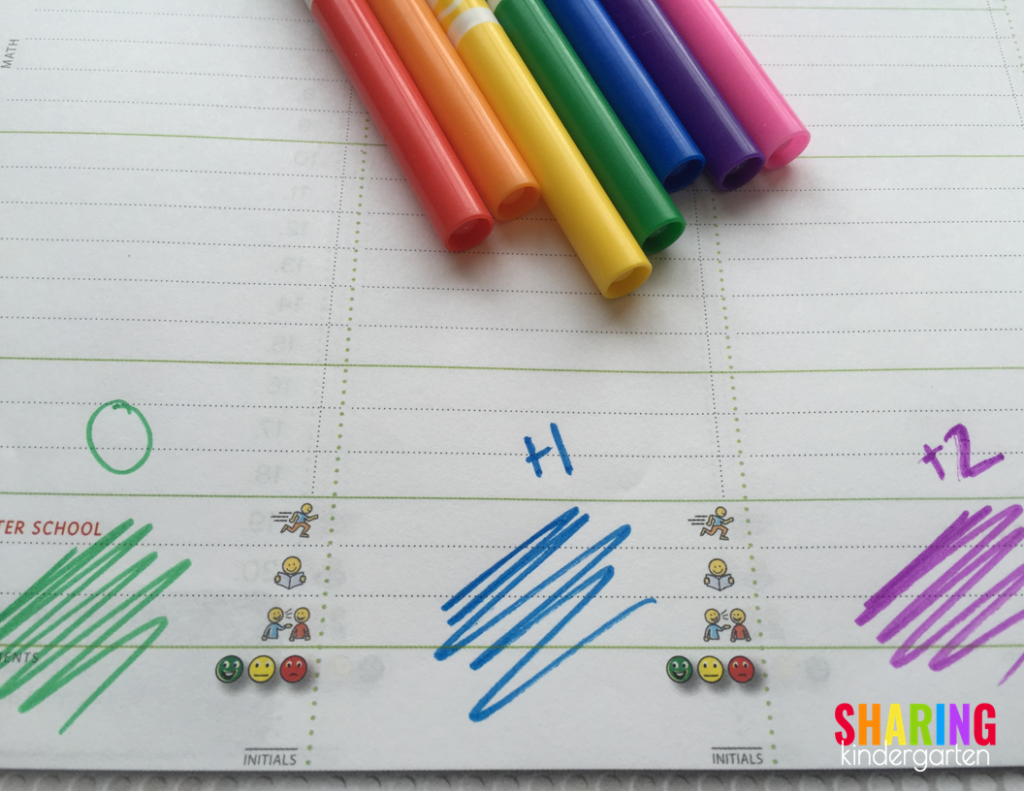
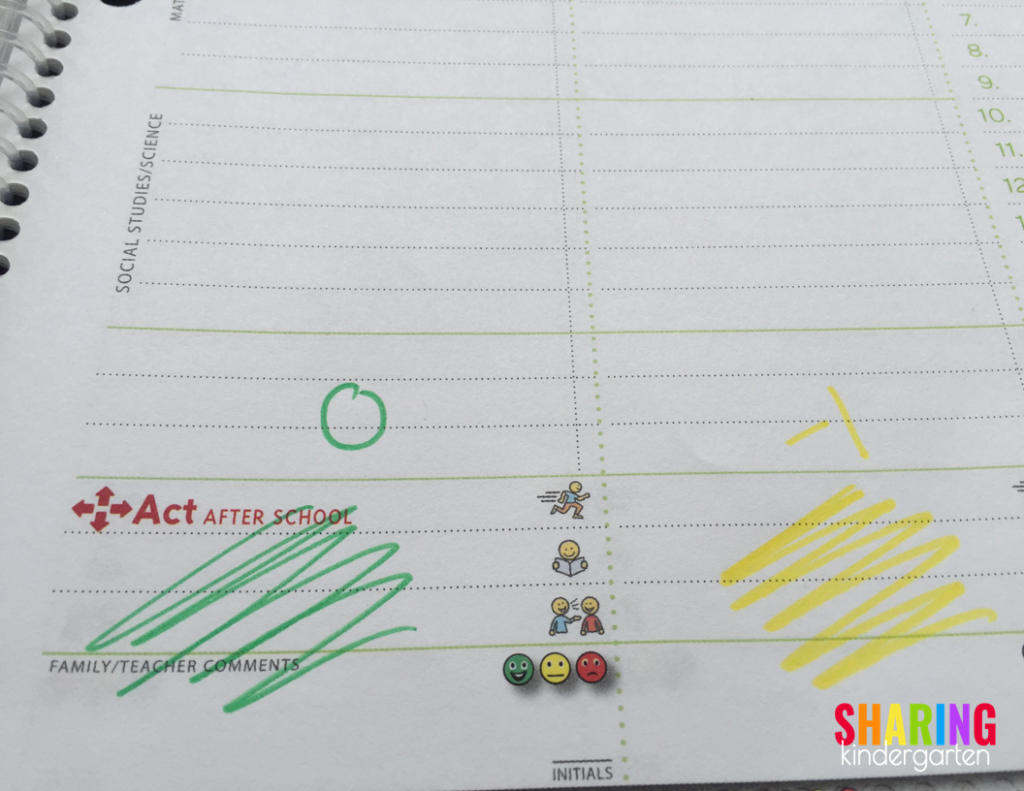
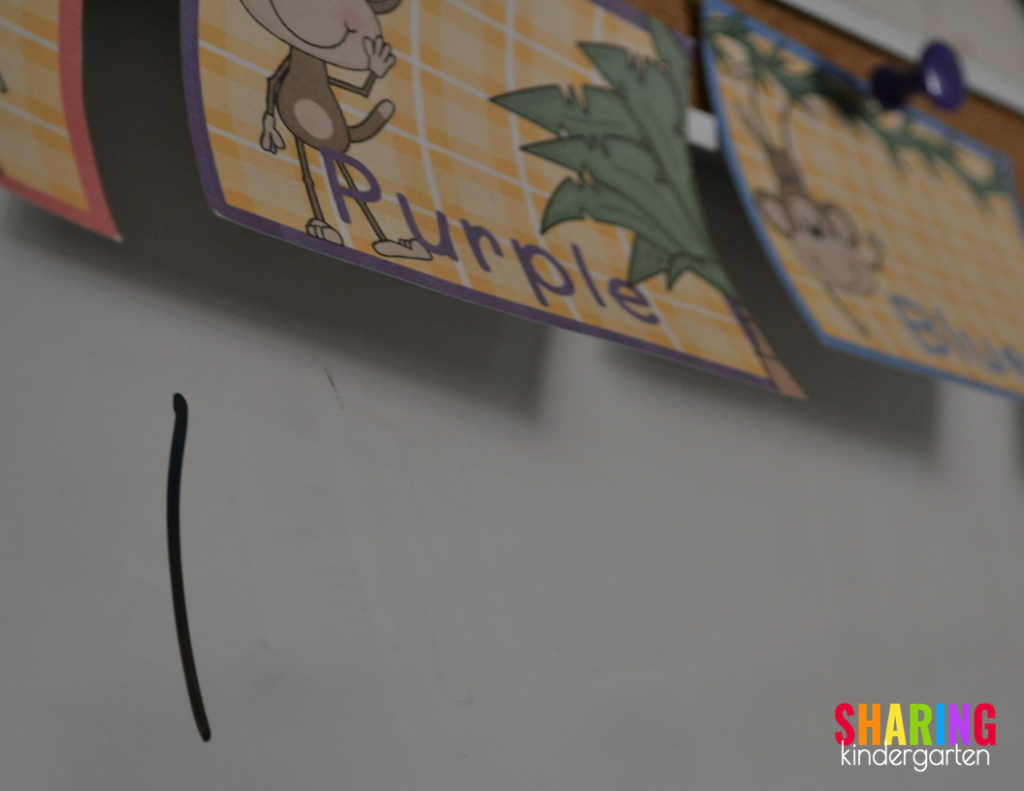
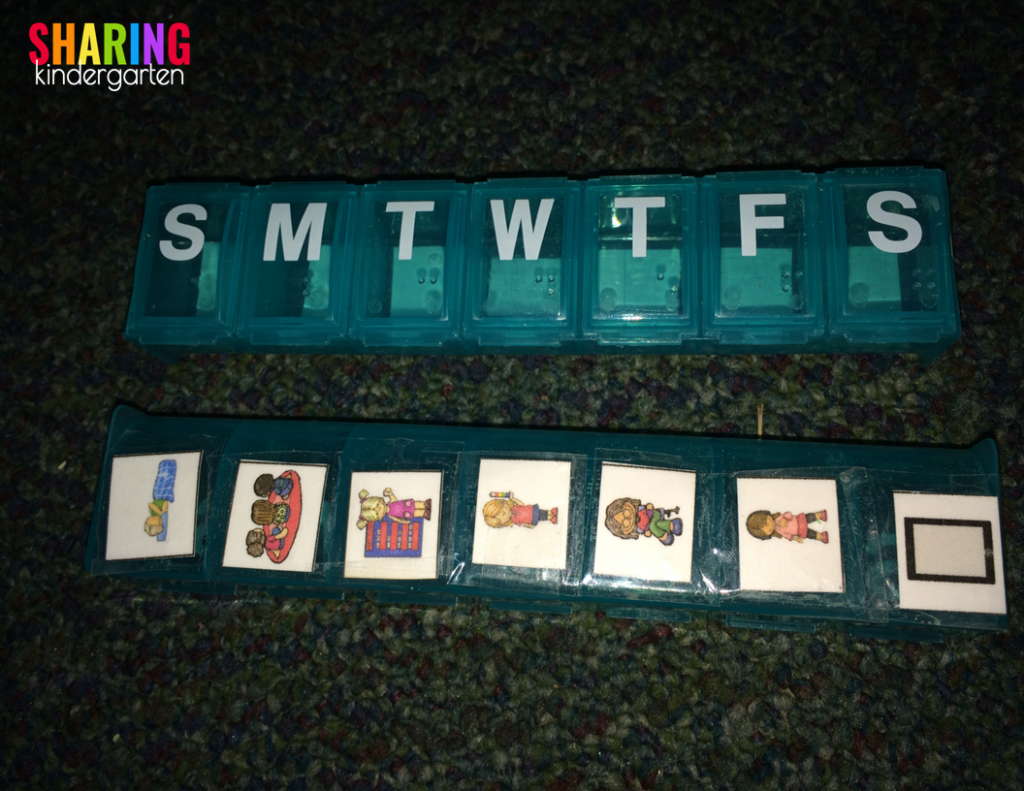
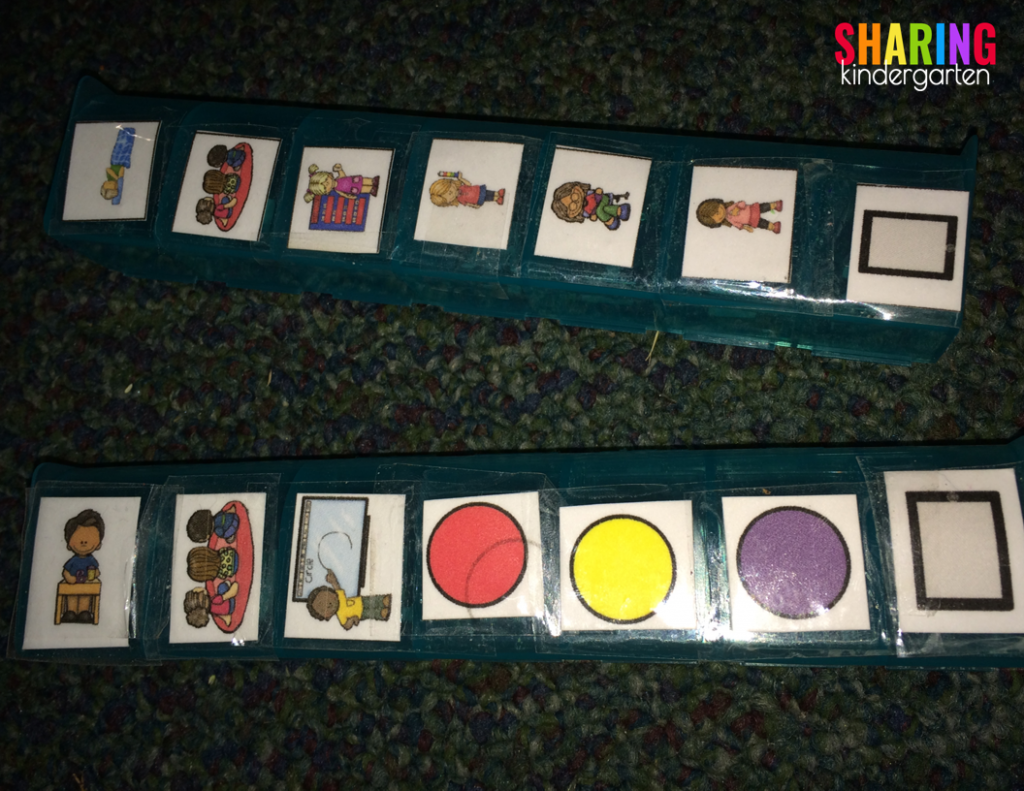
I have done the color coding system for a behavior for a long time. I have also used a calendar that sits in their take-home folders to show the colors each day just like you do in your agendas. One thing I also had was a numbered set of behaviors listed at the bottom. Then I could just jot down the number/s the student had difficulty with that day. After reading your post, I’m thinking of changing the numbered system and adding positive behaviors as well. Right now it includes things like “Today, I had a hard time: 1. following directions 2. being kind to others 3. following playtime rules 4. following cafeteria rules…etc.” Then I put a color and number/s in the space for the date. A quick and simple way for parents to see how the day went. Great post! I love the pill container ideas too! Thank you!
I love the pill box idea, but……….How do you keep the student from just opening and taking all the treats at once?
Most of the time mine to not open them all. If they have that problem, we put the pill bottom in a central location for them to get to and my eyes to me on it. 🙂